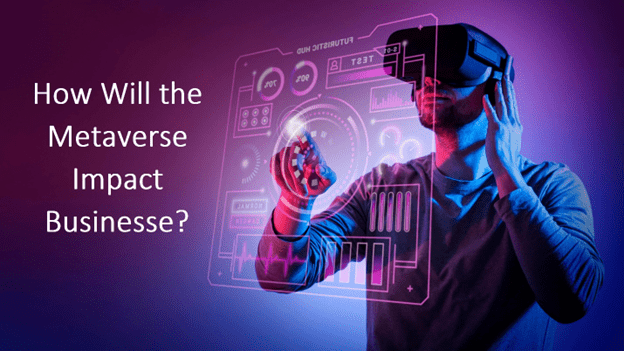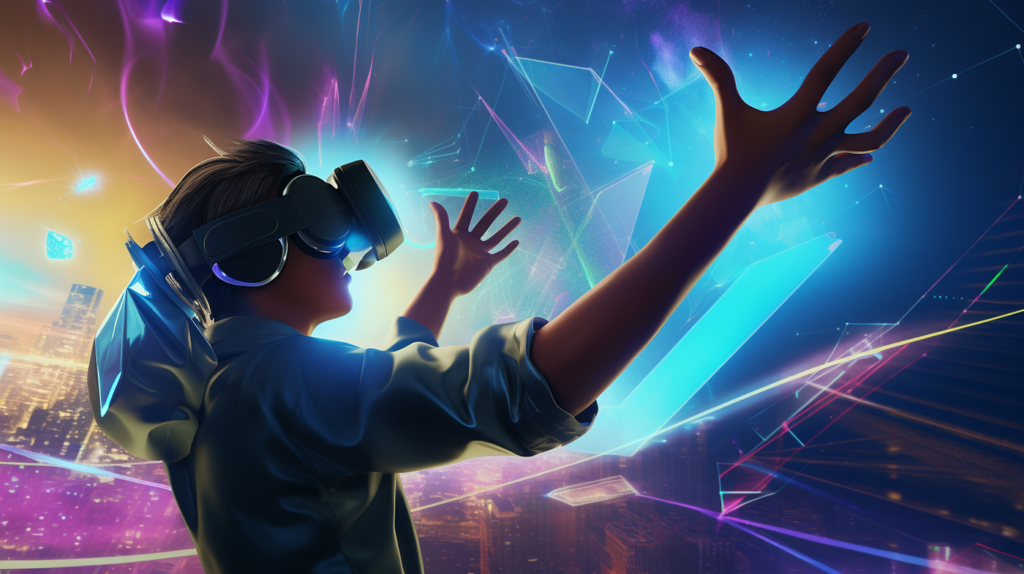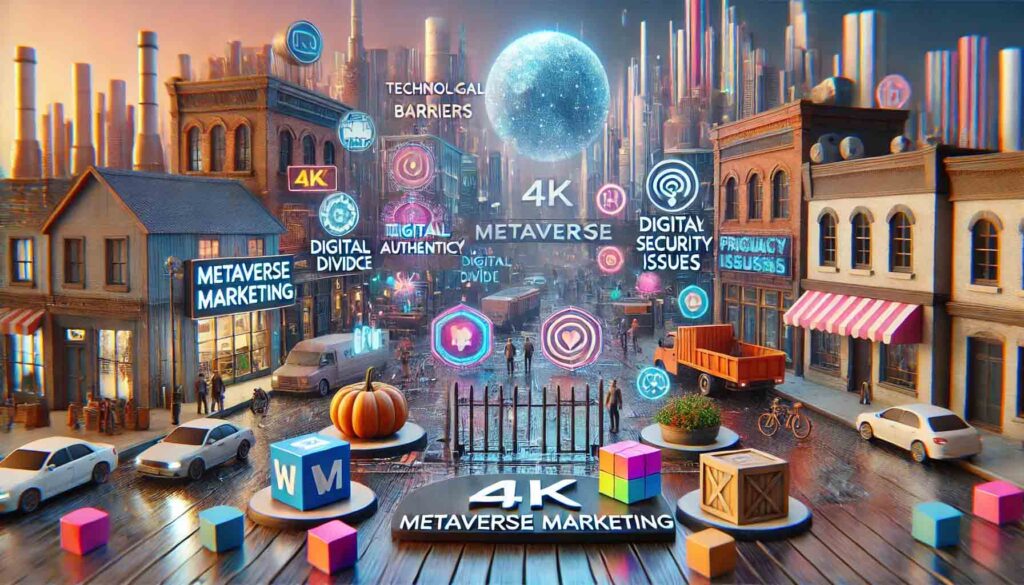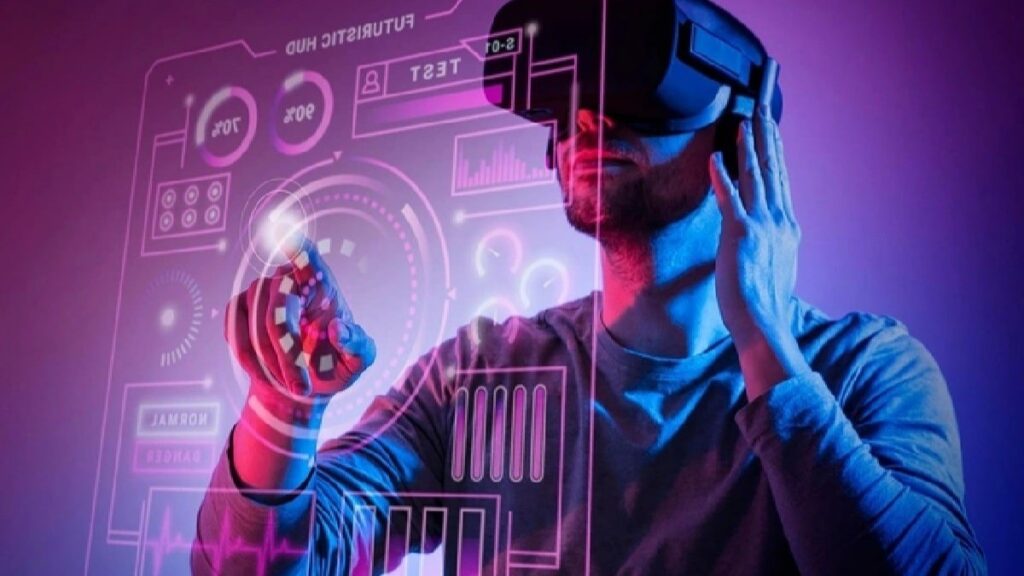
- July 29, 2025
- wallahleads@gmail.com
- 0
As we step deeper into the era of extended reality, the digital marketing landscape is being redefined by the rise of the metaverse. What was once a futuristic concept has now become a parallel world where people interact, shop, learn, and engage—making it a fertile ground for innovative marketing strategies. In 2025, immersive marketing is no longer optional but essential for brands aiming to captivate younger, tech-savvy audiences.
What is Immersive Marketing in the Metaverse?
Immersive marketing in the metaverse refers to creating interactive, 3D, and highly engaging brand experiences within virtual worlds. It goes beyond traditional ads, offering users the opportunity to step inside a brand story through AR (Augmented Reality), VR (Virtual Reality), and mixed reality environments. Whether it’s hosting a product launch in a virtual stadium, letting users try clothes on avatars, or designing NFT-based loyalty programs, the goal is to build emotional connections through experience.
Why It’s Gaining Momentum in 2025
In 2025, with platforms like Meta Horizon Worlds, Roblox, Decentraland, and Fortnite Creative maturing into mainstream channels, the metaverse has transformed into a place where people spend real money and time. Brands like Nike, Gucci, and Coca-Cola have already invested in immersive spaces, and users expect interactive experiences rather than static posts or banners.
Additionally, Gen Z and Gen Alpha—digital natives growing up in virtual environments—are driving demand for experiential, gamified, and immersive interactions. The metaverse enables brands to meet these audiences on their terms.
Key Elements of a Successful Metaverse Marketing Campaign
1. Avatar-Driven Engagement
Your audience will interact through avatars, so crafting virtual experiences where personal identity and customization matter can increase emotional investment. Hosting live concerts, meet-and-greets, or virtual expos with avatar access can drive high engagement.
2. Virtual Storefronts and Showrooms
Brands are building 3D stores inside the metaverse, allowing customers to explore and interact with products virtually. Items can be purchased both as digital assets (NFTs) and physical goods. This blends e-commerce with entertainment, elevating user experience.
3. Gamified Experiences
From branded quests and virtual scavenger hunts to reward-based games, gamification makes users actively participate in the marketing message. It’s not about watching a video—it’s about playing the brand.
4. Blockchain and NFTs for Loyalty
NFTs are being used for exclusive content access, membership cards, and digital collectibles. When combined with blockchain technology, brands can offer verifiable ownership, scarcity, and long-term engagement through loyalty tokens.
Case Studies & Examples
Gucci Garden in Roblox: Gucci created a digital art installation that allowed players to explore themed rooms, try digital fashion, and even buy limited-edition virtual items. It attracted millions of visits and media buzz.
Nike’s Nikeland in Roblox: A fully immersive Nike world where users can play games, try virtual sneakers, and win exclusive items. It became a social playground that blended fitness, gaming, and branding.
Samsung’s Metaverse Events: From product launches to virtual stores in Decentraland, Samsung uses the metaverse as a showroom for innovation.
Challenges and Considerations

While exciting, immersive marketing comes with its own set of challenges:
High production cost for VR-ready experiences
Technical barriers for non-tech-savvy users
Data privacy concerns in immersive environments
Platform fragmentation, requiring brands to adapt experiences for multiple metaverse platforms
Still, these are growing pains of a promising marketing frontier. As tools become more accessible and platforms unify, immersive marketing will become increasingly mainstream.
How to Get Started
Experiment with AR filters or 3D product previews on Instagram, Snapchat, or your website.
Partner with metaverse developers to build a simple branded experience.
Start small with a virtual showroom or product launch event.
Educate your audience—offer onboarding content so they understand how to access and enjoy your experience.
Conclusion
The metaverse isn’t just a buzzword—it’s the next evolution of the internet and a canvas for creative storytelling. Immersive marketing is the bridge between your brand and the virtual future, where interaction replaces impression. In 2025 and beyond, brands that invest in creating meaningful, immersive experiences will not just attract users—they will earn loyalty in entirely new dimensions. Also read, Zero Click Content.

